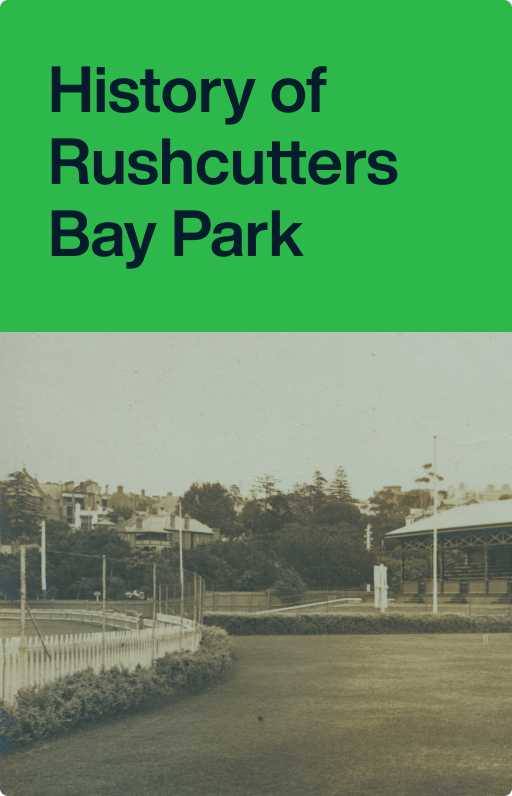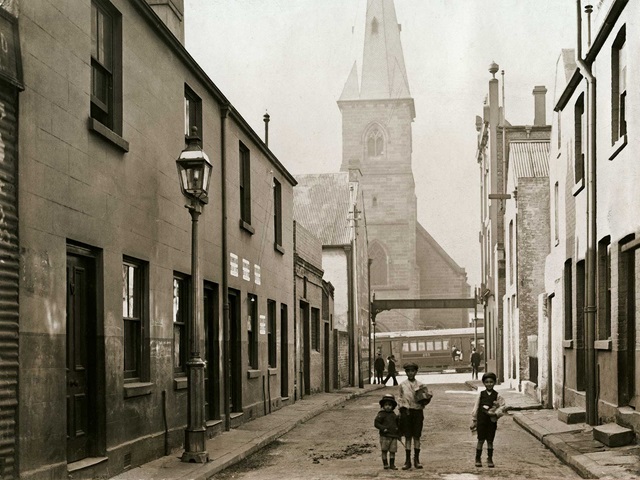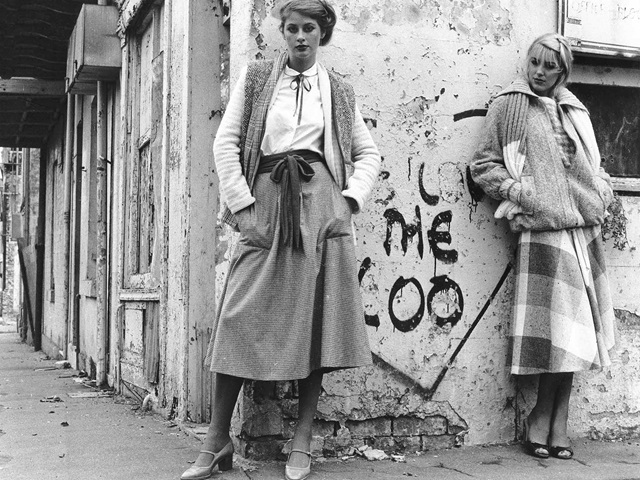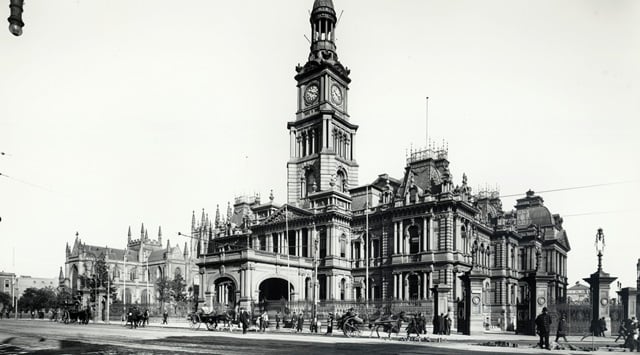History of Rushcutters Bay Park
The area where this park is located was used by the first European settlers to collect rushes, hence the name.

Rushcutters Bay Park is bounded by Waratah Street, New South Head Road and the foreshore at Rushcutters Bay.
Contrary to popular belief it was not the site of the murder of William Oakey and Samuel Davis on 30 May 1788. The site where they were killed was probably at Darling Harbour.
The first land grant was to Thomas West in 1810 to establish a water mill. His son Obediah West described ‘a beautiful running creek of pure clear water… the land about being thickly timbered with splendid specimens of the mahogany, the blackbutt, the blood tree and the red gum… About 200 yards from the mill a large swamp commenced and ran down to where Bentleys Bridge stands… it swarmed with aquatic birds of every description – red bills, water hens, bitterns, quail, frequently all kinds of ducks and when in season, snipe, landrails, and at all times bronze-winged pigeons… Brush wallabies were also very numerous and the head of the swamp was a great resort for dingoes.’
The area was used for market gardens from the 1830s to the 1870s when land reclamation began following the Act of 1878, which reserved 6 acres to be set aside for a park. Work finished in 1883 at a cost of ₤20,000.
The park was proclaimed in 1885 and almost immediately encroachments began to occur. In 1892 a tram depot and powerhouse were built to winch the cable trams up the steep ascent to Edgecliff. In 1897 a fountain was erected on the south-western side of the oval to commemorate Queen Victoria’s diamond jubilee.
With the construction of the Bondi ocean outfall sewer, low-lying suburbs needed pumping stations and one was constructed here in 1899.

More welcome additions to the park were croquet lawns in the 1900s, which were converted to tennis courts in 1923. In 1951 the kindergarten was built on the west side of Waratah Street. A commemoration of early European settlement came with the planting of a swamp mahogany tree and plaque to commemorate Thomas West near the sea wall in 1982.
Rushcutters Bay Park is typical of parks on reclaimed land from the 1880s. It was a major public work requiring the reclamation of a large area of marsh, the channelling of the creek and the construction of a ballast dyke sea wall. The channel divides the park between the City of Sydney and Woollahra municipality, which is responsible for the eastern half.
The park provides a close-up view of the Cruising Yacht Club and especially of the assembled competitors for the annual Sydney-Hobart yacht race. The dominant trees are paperbarks, Moreton Bay figs and Port Jackson figs.
Reg Bartley Oval
The fill on which the sports oval was built was the foundations of the Old General Post Office which was demolished in the 1860s. The oval was completed and fenced by 1889, and the original grandstand was built by 1894 on the north side of the oval. In 1926 another grandstand was built, which was damaged by fires in 1956 and 1957. The oval was named in 1959 in recognition of Reg Bartley’s 18 years as alderman and 5 as Lord Mayor. The grandstand was renovated in 1992 and featured in the Australian films “The Sum of Us” (1994) and “Babe” (1996).
Further reading
EDAW, ‘Rushcutters Bay Plan of Management’, 1999
Stedinger Heritage and Archaeology, ‘A Thematic History and Significance Assessment of Rushcutters Bay Park, Sydney’, 2001
Stedinger Heritage and Archaeology, ‘Conservation Management Plan: Rushcutters Bay Park’, 2001
Rod Howard and Associates Pty Ltd, ‘Grandstand at Reg Bartley Oval, 6-14 Waratah Street, Rushcutters Bay: Conservation Management Plan’, 2005



